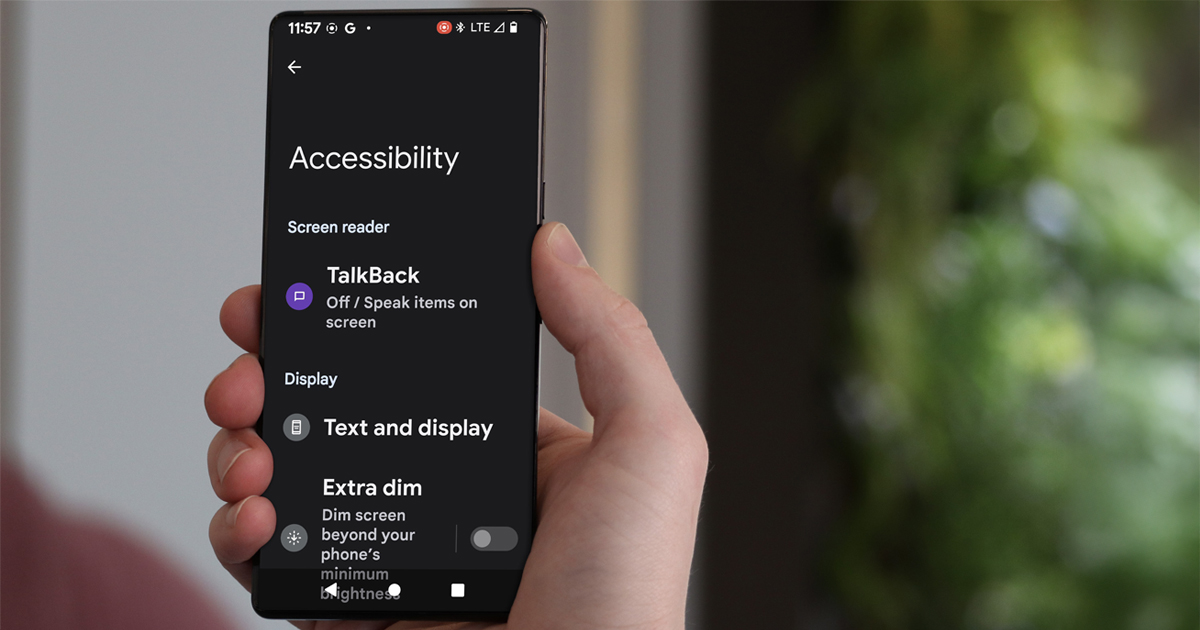Technology can be easier to handle once you understand the lingo. If you’re adjusting to vision loss, here are 7 helpful terms to know, and what they mean in plain language:
- Text-to-Speech
This feature reads written text out loud. Whether it's an article, email, or book, text-to-speech lets your device do the reading so your eyes can take a break. A quick way to try out text-to-speech is Speak Screen on iPhone and Select to Speak on Android. - Speech-to-Text (also called dictation)
This feature does the opposite—it types for you when you talk. Just speak your message, and your device turns what you’re speaking into written words. Great for texting, emailing, or jotting down notes hands-free. - The Cloud
The “cloud” is just a place to save your files online. This way, you won’t lose your stuff if your device breaks. Your documents, contacts, or photos are safely stored and can be accessed from any device, anywhere. - Screen Reader
A screen reader is software that speaks what’s on your screen. It reads text, describes buttons, and even helps you use apps. It is an essential tool for many users with vision loss.
- On an iPhone, the screen reader is called VoiceOver.
- On Android, it’s called TalkBack.
- On your Windows PC, you can try NVDA or Narrator.
- Accessibility Settings
Every smartphone and computer comes with built-in tools to make them easier to use. These settings might enlarge text, change contrast, or enable voice commands, and you can keep the settings that work for you.
- If you have an iPhone, here are some helpful tutorials.
- If your phone is Android, try these tutorials.
- Magnify Feature on Your Phone
This feature enlarges anything on your phone’s screen so you can take a closer look. It’s handy for zooming in on options and images on your device’s screen.
- If you have an iPhone, here is a tutorial on the magnify feature.
- If you have an Android, try this tutorial on the magnify feature.
- Voice Assistants
Smart phones and speakers have a helper that responds to your voice. It can open apps, check the time, or set reminders. Just ask out loud, and it’ll do the work for you. Examples include Siri, Google Assistant, and Alexa.
Knowing these technical terms can make exploring technology and using it day to day a little more comfortable.
Support for using tech with vision loss
Join Tech It Out, Hadley’s monthly discussion group where you can learn a few tech tips, ask questions, and share your experiences.
More practical help with tech
For more about the tech terms mentioned in this post and when you might find the different options useful, check out the Hadley Presents episode Smartphones and Vision Loss.
Hadley’s podcasts are also available on Spotify and Apple Podcasts, as well as by phone: 847-558-1317.
Have you tried any of the features mentioned in this post? Was it helpful?

0 Comments